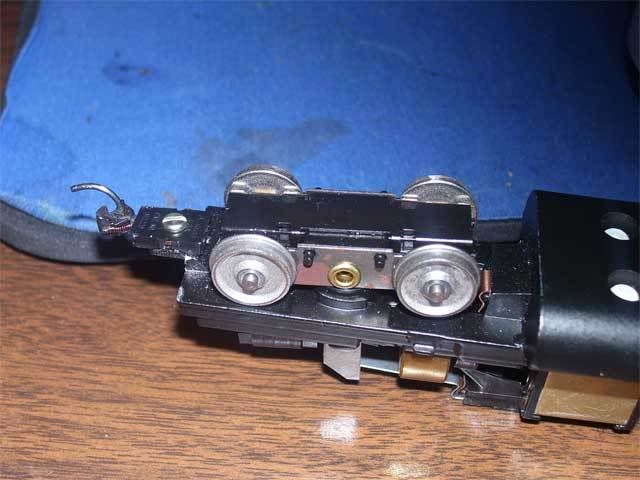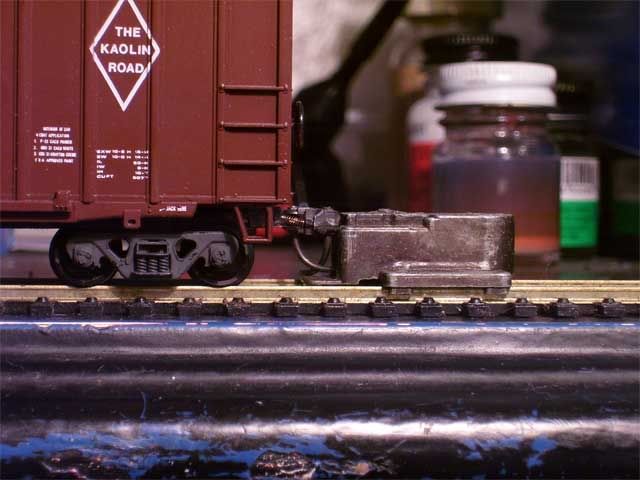I’ve been seeing several posts about coupler height problems and car height(bottom of car to top of rail)problems on new models.Sounds to me like plain old not-doing-their-research issues at the manufacturers.This shouldn’t be with all that’s available in print and on the internet.These problems arise from one of three factors.1)Centersill dimensions.2)Car bolster.3)Truck bolster.
Problem 1.Centersill.This is the main support beam running down the center of the length of the car.If you look at it from one end it looks like a square ‘n’.The inside dimensions of this ‘n’ are 13.5" wide by 12" high.This equates to .155"X.138" for HO and .284"X.250" for O.Any severe tolerances(greater than .010")is going to cause a coupler height problem.
Problem 2.Car Bolster.Where the bolster crosses the centersill is a plate bridging the bottom of the centersill.It is roughly the width of the bolster and about 2’ to 2’6" long.Centered on that plate is a centering plate that sits in a ring on the truck bolster.It is 14" in diameter(.161" in HO and .294" in O).Both the bridge plate and centering plate are about 3/4" to 1" thick(HO .009"-.012" and O .016"-.021").
Problem 3.Truck Bolster.The truck bolster has a ring with an inside diameter of slightly more than 14"(.161" HO and .294" O).It has the same thickness as the centering plate on the car bolster.I haven’t checked too much on truck bolster dimensions and overall truck height as that changes with wheel diameter.Maybe someone can help out here.
Another issue is couplers.So many types,copies,clones,rip-offs,etc.Why not just a model of the real thing?In HO in the 50’s and 60’s there were some model couplers produced before the NMRA X2F(horn-hook) fiasco.MDC and Varney had operating scale knuckle couplers that I’ve seen.Now Sargent has introduced some in a couple of scales.There are also many non-operating


